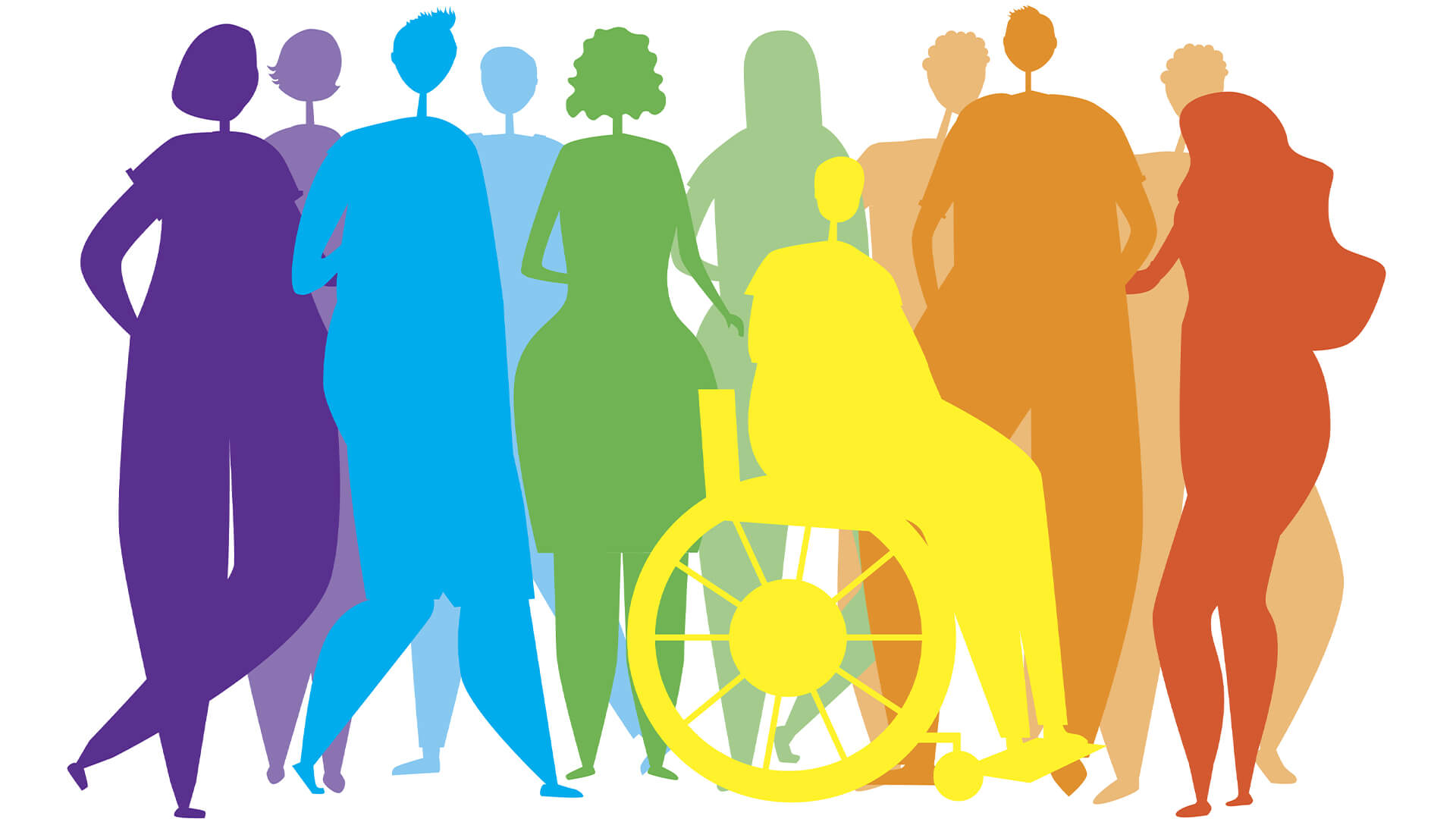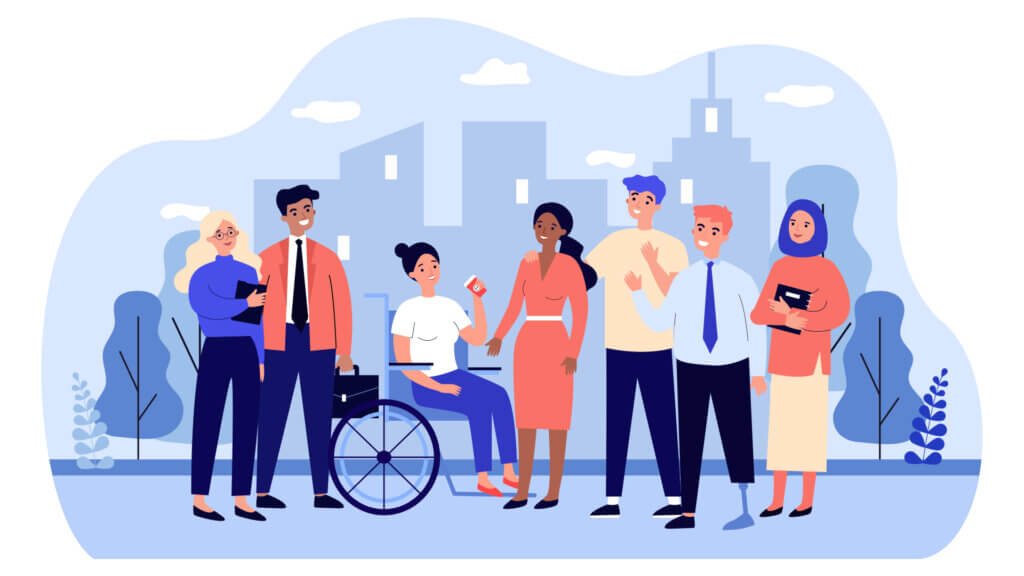How to Support Transgender People in the Workplace All Year Round
In June of 2020, the US Supreme Court handed down a ruling that barred employers from discriminating against queer and transgender employees. This was the latest of many fights happening worldwide to introduce or strengthen legislation to protect the LGBTQ+ community in the workplace.
While this landmark ruling is a great step forward, the LGBTQ+ community – and the trans and gender-diverse community in particular – still frequently face discrimination in workplaces around the world.
Alex Hattingh, CPO at HR Software platform Employment Hero, shares how you can look out for the signs that employers are creating inclusive environments for everyone.
1. If you hear it, call it out
Trans and gender-diverse employees are almost twice as likely to hear sexist jokes about people of their gender, or to hear demeaning comments about people like themselves. From this, they are three times more likely to feel like they can’t talk about themselves or their life outside work. This is likely part of the reason why trans people frequently think about leaving their company. So if you hear something transphobic or offensive, call it out and make sure there are disciplinary measures in place.
Fostering diverse and inclusive workplaces opens your business up to invaluable diverse thinking. Diverse and inclusive workplaces can also make a significant impact beyond the office door, creating better professional lives for people from minority groups and driving change in society-wide inequalities.
2. Find out what your company does to help transgender people live authentically
When your employees were onboarding, did you offer them a chance to select their gender identity when they’re filling out their onboarding documents? In addition to ‘Male’ and ‘Female’ tick boxes, companies should include ‘Non-binary’ or ‘Prefer not to say’, so you can understand their gender identity before they start the job. For example, Employment Hero has gender selection options of ‘female’, ‘male’, ‘non-binary’ and ‘would prefer not to say’ as a standard inclusion on the paperless onboarding system.
3. Know your pronouns
Personal pronouns are the words we use to describe ourselves or others – ‘he’, ‘she’ or ‘they’. For a non-binary or gender neutral person, you should use the word ‘they’ in the place of ‘he’ or ‘she’. For a trans person remember to use the pronoun that aligns with the gender of which they identify. If you feel uncomfortable or unsure about what pronouns to use with someone, ask them.
It can be distressing for a person who is trans to be called by the name they used prior to transitioning or by incorrect pronouns. Make sure when you’re talking to or about a trans person you remember to use their identified name.
Sometimes, mistakes will happen. If yourself or one of your employees do slip up, offer a private and professional apology and remember for the future. Increasingly, more companies are including gendered pronouns as standard for all staff on email signatures. This is a positive and inclusive way to support trans and gender-diverse way in being addressed by their correct pronouns.
4. Create a culture of allyship
In the workplace, allies can be leaders, managers or employees who acknowledge, respect and value differences. Being an effective and authentic ally means more than one single act of solidarity. It means taking the long road to understanding and empathising with the various inequalities minority groups experience.
Displaying allyship can include standing up against discriminatory behaviour when you see it, challenging microaggressions, and explaining sensitive topics to non-diverse employees so the individual doesn’t have to. The burden on individuals from minority groups, such as the trans and gender diverse community, to talk to their identity time and time again can be exhausting.
Whilst it’s great to get to know your trans and gender-diverse employees better, don’t spotlight or ask frequent questions about their identity or experience, even if it’s in a positive light.
5. Remember your inclusive terms
Here’s a glossary, to help you use language that is professional AND inclusive:
Transitioning
Transitioning is the process of a person beginning to live as another gender.
Gender Identity
An individual’s gender identity describes their personal conception of themselves as male, female or non-binary.
Cisgender
The term cisgender refers to a person whose sense of gender identity corresponds with their birth sex.
Folx
Folx is an alternative spelling to the word “folks”. The term can be used to indicate inclusion of different groups, and is a good alternative to “guys” or “ladies and gentlemen” when speaking.

Stay updated with our latest publications.
Discover Issues
See how we can help you grow in the online space!
Advertise With Us
We can help promote your business.
Find Out More



